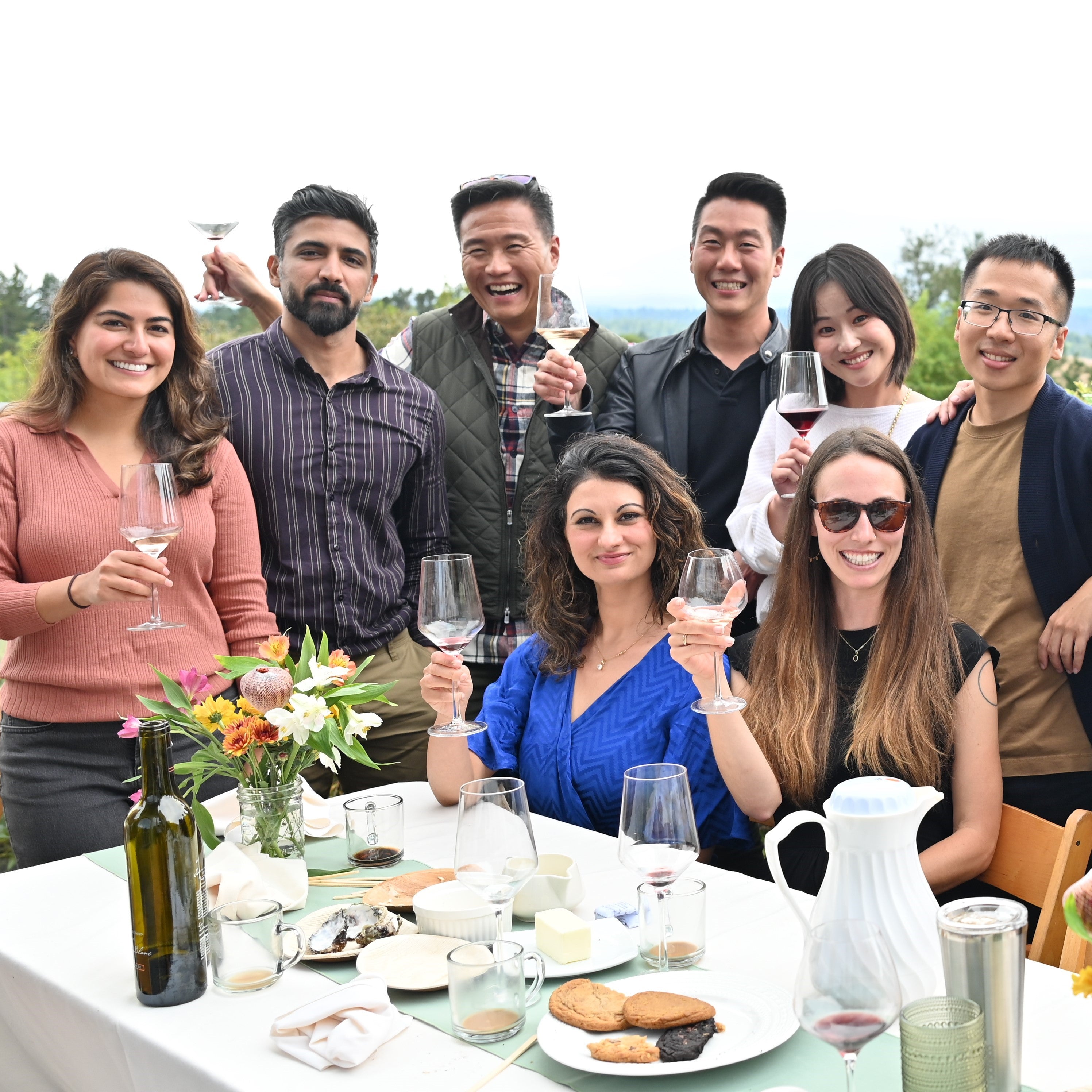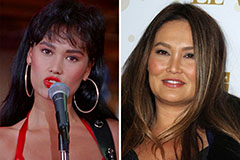Best Pinot Noir Wineries In Sebastopol - Vineyards In The Sonoma Region
Wine tasting is an art that mixes sensory experience with an appreciation for the nuances of different varietals. How to evaluate flavors in winery wine tasting classes is pivotal to grasping the complexities of wine.
Engaging in a wine tasting involves more than simply sipping and savoring. It requires a focused method to establish aromas and flavors that every wine presents. As you start, observe the wine's look, noting its color and readability. These visual cues often suggest a wine’s age, grape selection, and even potential flavor profiles.
The next step in the tasting process is to swirl the wine in your glass. This action releases fragrant compounds which are important for evaluation. Lean in and take a second to inhale deeply; the aromas can range from floral and fruity to spicy and earthy. The nostril of the wine is just as important as the palate, and recognizing scents plays a significant position in understanding the general experience.
When taking your first sip, allow the wine to move across your palate - Romantic Winery Destinations In Sebastopol. Notice the preliminary flavors that current themselves. Is the wine fruity, floral, or maybe herbaceous? This initial taste provides perception into what the wine is more likely to specific as you proceed to evaluate it. The mouthfeel additionally contributes to the general flavor experience; it might be silky, tannic, or even effervescent.
Wine Tasting Experiences With Local Cheese - Wineries To Visit
As you proceed tasting, take note of the wine’s steadiness. A well-balanced wine will harmonize acidity, sweetness, and tannins. If one component overwhelms the others, it'd indicate a much less desirable high quality. Evaluating balance might help you establish how nicely the wine may pair with food.
Transitioning to the end, think about how the flavors evolve because the wine lingers in your palate. A long, nice finish can indicate a high-quality wine, whereas a brief or abrupt finish might suggest otherwise. Mirror on whether the flavors remain consistent or if new notes emerge as the wine settles. This development can reveal complexities and intricacies that may not have been apparent in the preliminary tasting.
Temperature can be an important think about evaluating wine flavors. Different types of wine are optimally enjoyed at specific temperatures. White wines typically shine when chilled, while purple wines typically perform greatest at room temperature. When tasting, ensure the wine is on the applicable temperature to totally recognize its character.
Wineries With Unique Varietals - Wineries To Visit
Pairing food with wine can greatly enhance the tasting experience. Foods can influence the notion of flavors in wine, both highlighting sure characteristics or diminishing them. When evaluating flavors, think about how the wine interacts with completely different meals, noticing which flavors are amplified or muted (Intimate Wine Tasting Experiences In Sonoma).
Consider the influence of terroir as you engage in a winery tasting. Terroir encompasses the distinctive environmental factors that have an result on grape rising, together with soil composition, climate, and geography. Understanding a wine's terroir can provide insight into its flavors and aromas, fostering a deeper appreciation for the alternatives made throughout its cultivation and manufacturing.
Training plays a basic function in enhancing one's capacity to evaluate wine flavors. Learning about grape varieties, wine areas, and production strategies can pave the best way for more informed anonymous judgments during tastings. Moreover, attending workshops or classes can refine sensory skills and broaden your flavor vocabulary, enabling you to articulate tasting notes more effectively.

Finally, it is essential to remember that evaluating wine flavors is a highly personal experience. Particular Person preferences and perceptions will invariably form one’s tasting journey. Enjoyment must be at the forefront, with the analysis process performing as a software to enhance understanding and appreciation somewhat than create rigid tips.
Sonoma's Top Sparkling Wine Producers - Sonoma Wineries With Vineyard Views
In conclusion, mastering tips on how to consider flavors in winery wine tasting sessions includes a mixture of sensory engagement, data, and practice. By learning to establish aromas, assess the balance, and respect the intricacies of flavor, wine enthusiasts can deepen their connection to every bottle they encounter. As with any art type, the extra one immerses themselves within the experience, the more they will uncover and enjoy the vast world of wine.
- Start by observing the wine's shade and readability, as these visual parts can hint at its flavor profile and aging potential.
- Swirl the wine gently in your glass; this releases fragrant compounds, permitting you to raised establish the complicated scents associated with the wine.
- Take a deep inhale earlier than tasting, specializing in both major and secondary aromas to collect insights on fruits, spices, and different nuances.
- When tasting, allow the wine to coat your palate; note the preliminary flavors, the mid-palate complexity, and the finish as these phases can present totally different flavor highlights.
- Pay attention to texture and mouthfeel, as aspects such as tannin levels, acidity, and sweetness contribute significantly to the overall tasting experience.
- Examine flavors in opposition to standard wine traits; for purple wines, consider berry notes, oak influence, and herbal tones, while whites may include citrus, stone fruits, and floral hints.
- Take notes in the course of the tasting session to trace your impressions, helping you to recollect and evaluate the completely different wines sampled.
- Discuss your findings with fellow tasters or winery staff, as sharing insights can enhance understanding and appreciation of particular person flavors.
- Enable time for the wine to breathe; generally, flavors evolve and reveal new dimensions after being exposed to air.
- Experiment with food pairings in the course of the tasting as they will dramatically alter how flavors are perceived, influencing total enjoyment.undefinedWhat ought to I search for when evaluating the aroma of wine throughout a tasting?
Begin by swirling the wine in your glass to release its aromas. Convey the glass to your nostril and take a deep breath. Pay attention to the first scents you detect, as these are sometimes the most distinguished. Look for fruit, floral, herbal, or earthy notes and attempt to identify particular traits, which is ready to deepen your understanding of the wine's complexity.
Off The Beaten Path Wineries In Sonoma - A Visit To Sebastopol Wineries

How can I about his distinguish between completely different flavor profiles in wine?
Perceive that flavor profiles are often categorized as fruit, floral, herbaceous, spicy, or mineral. Take small sips and permit the wine to coat your palate. Notice the primary flavors that emerge first and the refined notes that comply with. This layering is important in distinguishing the wine's characteristics and will allow you to recognize its distinctive profile.
Interactive Wine Tasting Experiences In Sonoma - Sebastopol Winery Experience
What is the importance of the wine's texture in a tasting?
The texture of the wine, also referred to as mouthfeel, performs a vital position in how we understand flavors. Pay attention as to whether the wine feels easy, creamy, or gritty. The body of the wine (light, medium, or full) can improve or distinction with flavors, offering a extra rounded experience throughout tasting.
How do I assess the balance of flavors in wine?
Stability in wine refers again to the concord between acidity, sweetness, tannin, and alcohol. Take a moment to evaluate whether these components complement or interfere with each other. A well-balanced wine could have none of its components overpowering the others, creating a pleasing tasting experience.
Quaint Wineries In Picturesque Settings In Sebastopol - A Guide To Sonoma Wineries
What role does temperature play in evaluating wine flavors?
Temperature can significantly impact the perception of flavors. Usually, pink wines are best served barely beneath room temperature, while white wines get pleasure from being chilled. As the temperature modifications, the aromas and flavors can shift, allowing you to understand completely different traits. It’s important to taste wine at its optimum temperature for true analysis.
Wineries Promoting Sustainable Farming - Sebastopol Area Wine Tasting
How can I improve my tasting skills over time?
Practice is vital to improving your tasting skills. Wineries With Picnic Areas. Attend tastings, hold a journal of your experiences, and discover different types of wines to broaden your palate. Moreover, studying about wine manufacturing and grape varieties can provide context that enhances your evaluation course of, making you a extra informed taster.
Is there a particular order during which I should taste the wines?
Wineries Specializing In Sparkling Wines - Sebastopol Area Wineries Offering Wine
Sure, it’s advisable to taste wines from light to full-bodied and dry to sweet. This progression prevents the stronger flavors from overshadowing the more delicate ones, permitting you to totally recognize every wine's characteristics and nuances without palate fatigue.
How can I consider the aftertaste of wine?
Off The Beaten Path Wineries In Sonoma - Wineries Near Sebastopol For Tasting
The aftertaste, or end, is an important side of the wine-tasting experience. After swallowing, take note of how lengthy the flavors linger on your palate and whether or not they change. A long, nice end is commonly an indicator of a high-quality wine, while a brief or unpleasant end may recommend otherwise.
Why is it necessary to note the wine’s acidity throughout tasting?
Acidity contributes to the overall freshness and structure of the wine. Pay consideration to the tingling sensation on your tongue; larger acidity can improve the wine's liveliness and stability out sweetness. Noting acidity helps decide the wine's versatility with food and its aging potential.
What should I do if I battle to identify specific flavors in wine?
Intimate Wine Tasting Experiences In Sonoma - Winery In The Sonoma Wine Region
Struggling to establish flavors is widespread, especially for beginners. Focus on broader classes and describe what you'll have the ability to recognize, such as candy or earthy notes. With practice, reading about completely different flavor profiles, and maybe using flavor wheels, you may refine your senses and develop a extra nuanced approach to tasting.
 Tia Carrere Then & Now!
Tia Carrere Then & Now! Tony Danza Then & Now!
Tony Danza Then & Now! Raquel Welch Then & Now!
Raquel Welch Then & Now! Bill Murray Then & Now!
Bill Murray Then & Now! Naomi Grossman Then & Now!
Naomi Grossman Then & Now!